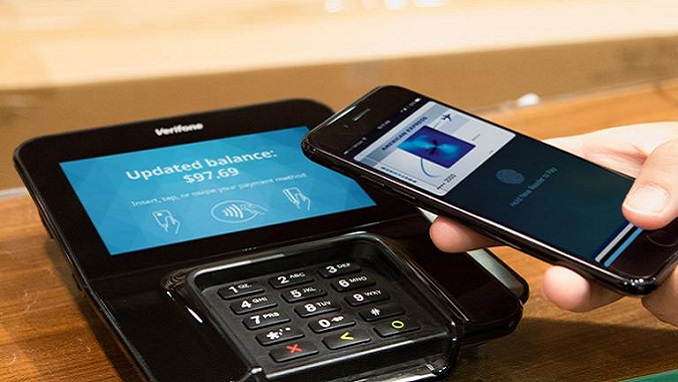The percentage of cashless payments in Russia reached 50% in January 2019, marking the first time such a figure was ever reached, Izvestya reports citing data provided by Taxcom, one of the country’s largest cash register operators, which analyzed 11 billion cash register receipts.
While in 2017, 40% of Russians opted for plastic cards, their share grew to 46% in December 2018. According to the report, plastic is used for payment mostly in Moscow, Tyumen, Ufa, St. Petersburg, Perm, Kazan, and Krasnoyarsk. Compared to last year, Russians began using cards more often to pay for gasoline, alcoholic beverages, medicine, and food items, Taxcom said.
By the same token, the number of debit cards in Russia decreased slightly last year, says Otkritie Broker analyst Timur Nigmatullin. It is apparent that the key driver behind the growing popularity of non-cash payments was a surge in the use of plastic cards and not any increase in wages received on cards, the way it was over the past ten years, the analyst noted.
The transition to cashless payments has accelerated thanks to technological breakthroughs and progress convenient for consumers, banks, and sellers, says Anton Tabakh, Chief Economist at credit rating agency RusRating.
“This trend indicates a ‘whitening’ of the economy. As legal businesses works more transparently, the volume of money supply for gray cash withdrawal schemes decreases. In addition, transaction costs are reduced – because cash must be transported and stored,” Tabakh said.
The proportion of Russians who prefer non-cash payments will reach 65-70% within the next three years, according to Anton Graborov, Business Development Director at investment management firm BKS Premier. He also noted that, despite the convenience and benefits of non-cash payments for the public, the share of cash payments will remain substantial, dropping to no more than 30-35% in the coming years.












